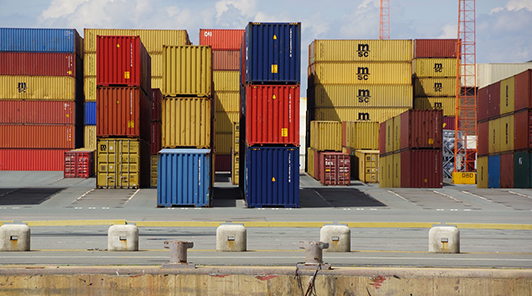
The supply chain issues created by the COVID-19 pandemic are challenging businesses in ways they have never considered. Some of these changes will — and probably should — remain in place after the immediate crisis is over. This means businesses need to react to what is happening today at the same time they are developing steps to be proactive moving forward after this emergency is over.
Here are five issues to consider. Keep in mind that this list isn’t intended to be definitive. Each business will have to adjust it to meet its specific needs.
Review your cash flow. Most businesses are going to take a hit in their cash flow if they haven’t already.
- Are lines of credit in place to get you through the hard times? If they aren’t, think about how you can shore up your available resources in the interim and whether your financials are strong enough for you to secure additional financing going forward.
- Assess where in the supply and distribution process cash flow issues arise and consider whether you can make changes that will help alleviate any bottlenecks.
Analyze your supply and distribution chains. In a global economy, a problem halfway around the world can affect you before you even know it.
- If you get supplies from a single supplier, determine whether other suppliers are available. If they are, start developing relationships with those suppliers so you can diversify your supply chain going forward.
- Is it possible to make substitutions? Keep in mind that alternate sources may be available for some raw materials or components and not for others. Where feasible, source suppliers for the alternative item.
- Review distribution as well. Are alternate means of transportation available?
Review your supply and demand forecasts. You don’t have a crystal ball, but use what you have to make predictions.
- Short-, mid- and long-term analyses should be undertaken.
- Utilize all available sources for these analyses, including statistics drawn from internal data, market intelligence and conversations with buyers at all levels.
- Don’t make hasty decisions in response to an immediate crisis. Be sure any changes you make are strategic and well thought out.
Assess your HR policies and procedures. Don’t forget that your employees are your most important resource.
- Do you have a current chain of command in place? How often is the list updated?
- Is a process in place to notify employees of urgent changes, such as closures or how to gain remote access to necessary systems and information?
- Does your sick leave policy take crises such as COVID-19 into consideration?
- How about your policy for paying employees?
Crisis communications are key. Openness and transparency are the keys to retaining staff, clients, and customers. Communications need to be frequent, with frequency and messaging adjusted for each audience. Managing expectations is vital.
It may not be enough to say “We are here for you” — each of your audiences wants to understand what you’re going to do to help them get through their particular crises.
